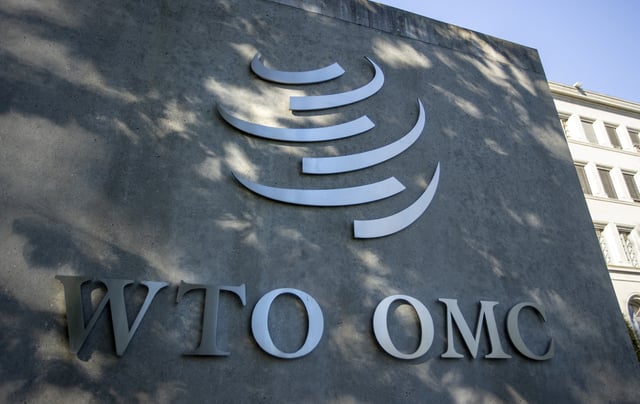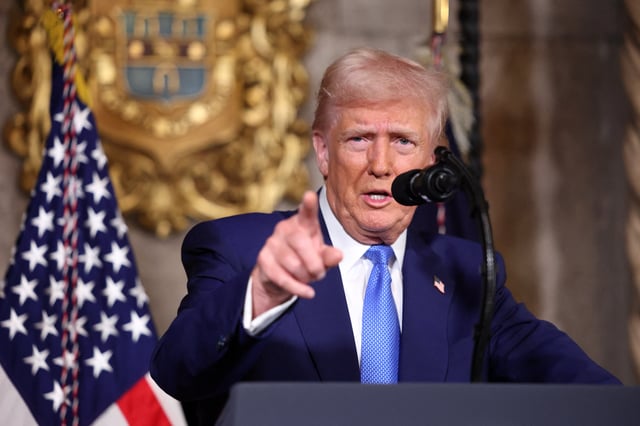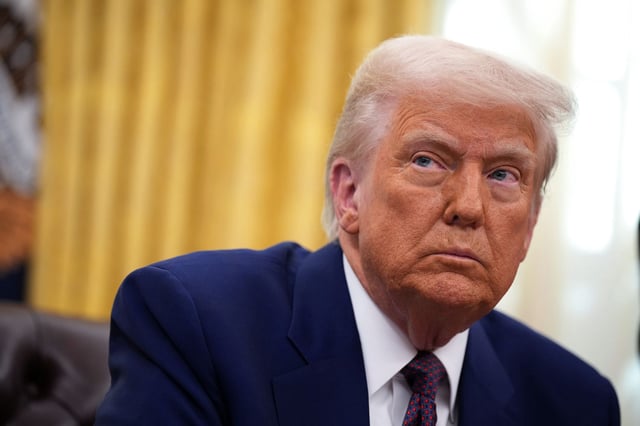Overview
- President Donald Trump revealed plans to implement 25% tariffs on imported automobiles, semiconductors, and pharmaceutical products starting in early April.
- The administration views these tariffs as a strategy to encourage companies to relocate manufacturing to the U.S. and address trade imbalances with countries imposing higher tariffs on American goods.
- Consumers may face higher prices as the U.S. heavily relies on imports for vehicles, computer chips, and pharmaceuticals, with domestic production still years away from meeting demand.
- Trade experts warn of potential retaliatory tariffs from affected nations, which could escalate into a broader trade conflict and further disrupt global supply chains.
- While some companies have already begun reshoring production, the long lead times required for relocation and setup mean many may struggle to adapt before the tariffs take effect.



